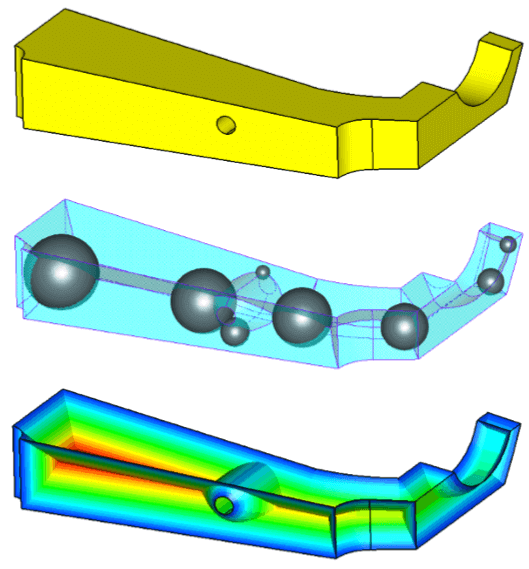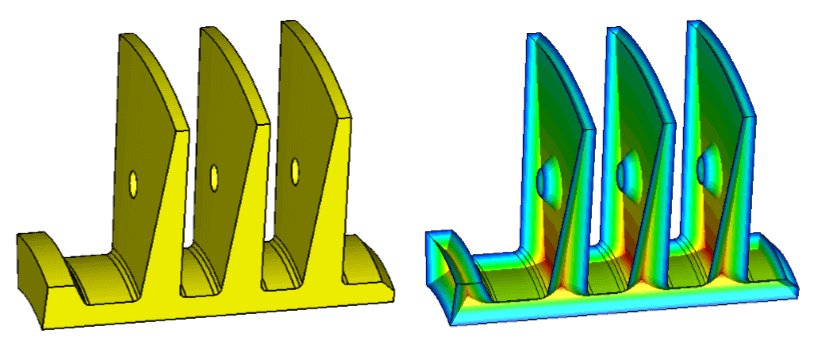In the realm of computer-aided design (CAD) simulation, preparing CAD models effectively is paramount. Within this context, CADfix has established itself as a pioneer. This tool assists designers and engineers in ensuring that their CAD models are primed for simulation, removing potential roadblocks and maximizing efficiency. Here's how it integrates the concept of Medial Object and its role in geometric reasoning.

Medial Axis Transformation and Medial Object
Medial Axis Transformation (MAT) initially gained traction through intensive research at Queen's University Belfast in the 1980s. Later on, International TechneGroup, Ltd. (ITI) took the reins, developing the concept of Medial Object (MO) since 2004. Over the years, Medial Object has risen in prominence, becoming instrumental in geometry reasoning projects supported by EU and TSB, including VIVACE, CRESCENDO, SILOET, ANSD, SimOD, and GHandI. Notably, ITI's applications were enriched through various academic research endeavors. Today, numerous groups worldwide are delving into MAT methods and applications.
Geometry Reasoning & its Significance
The Geometric Reasoning technology of ITI is currently undergoing developmental phases for a controlled deployment in client applications. Central to this is the Medial Object of a solid, a skeletal representation which provides comprehensive information for diverse applications. Often, engineering scenarios demand broader geometric details than what is offered by conventional CAD software or product interoperability solutions. Addressing this very challenge is the mission of Geometric Reasoning.
Applications of Geometric Reasoning in CADfix
Typical applications of Geometric Reasoning within CADfix leveraging the embedded Medial Object technology include:
- Mid-surface calculations
- Geometric subdivision for finite element meshing
- Domain partitioning for dynamic fluid calculations
- Toolpath definition for machining
- Function recognition
- Automatic model simplification (de-featuring)
- Volumetric model to shell conversion
- Ongoing application developments in collaboration with clients

In conclusion, CADfix represents an invaluable tool in the CAD simulation domain. By ensuring CAD models are optimally prepped for simulation processes, it bridges the gap between design and application, solidifying its place as a front-runner in this domain.


